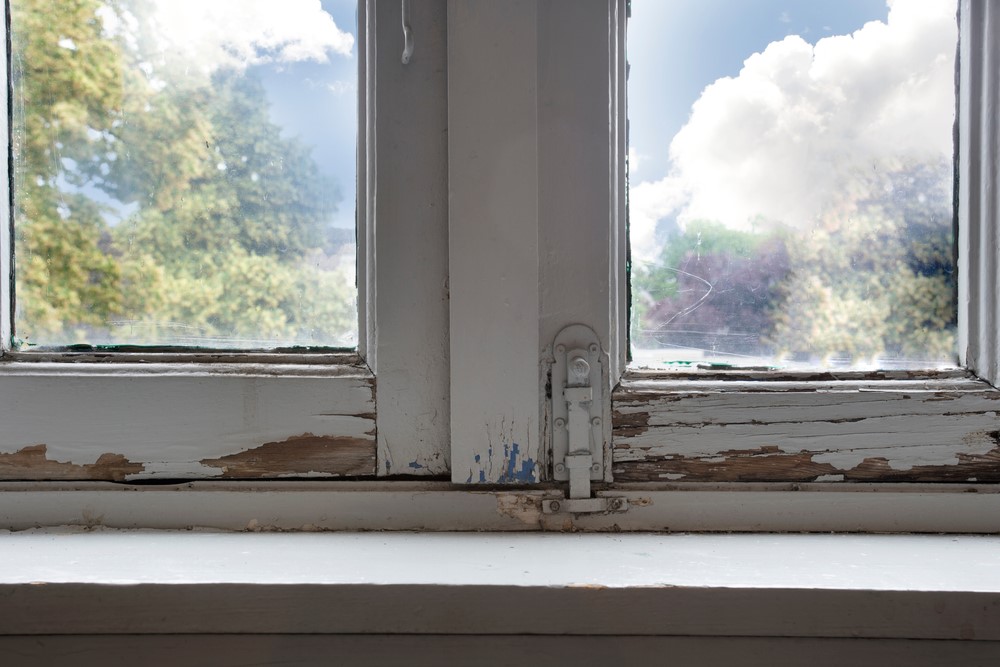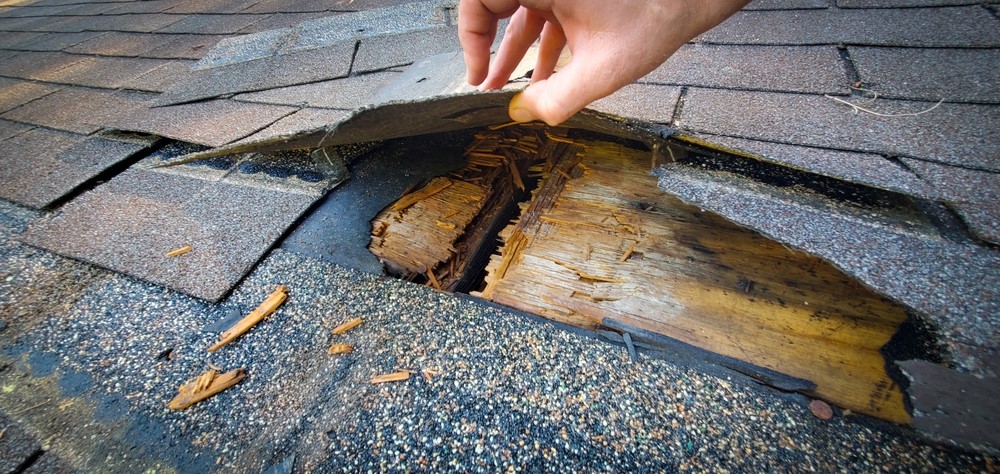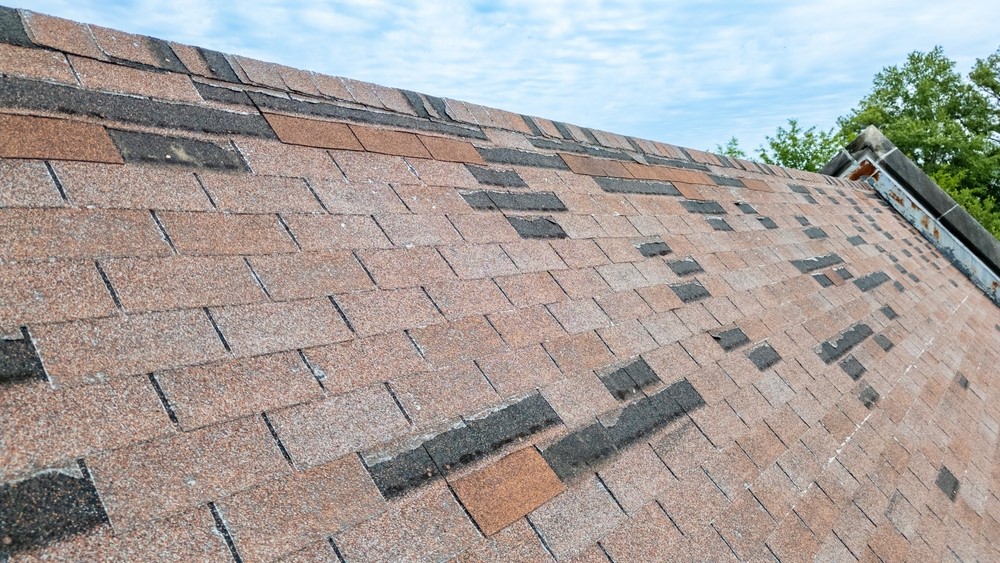Did you know that an estimated 11 million tons of shingle scraps end up in U.S. landfills every single year, according to the Asphalt Roofing Manufacturing Association? To make matters worse, asphalt shingles can take up to 400 years to fully break down. Now considering that asphalt shingles only last approximately 20 years and that not all asphalt shingles can be recycled, they’re ending up in landfills 20 times faster than they break down.
From choosing energy-efficient appliances to conserving water, homeowners are becoming more conscious about the impact their choices make on the environment in the long run. And because of that, they’re flocking to eco-friendly options such as green roofing. Here are five green roofing materials you’ll want to consider for your own home.
1. Metal roofs
Metal roofing is becoming increasingly popular across the nation. A 2018 survey found that roofing contractors are anticipating a 69% increase in sales for metal roofing. The great part about metal roofing is that most are made from recycled products, and they’re 100% recyclable after their lifetime—creating a cycle of reuse.
Another benefit is that metal roofs can sometimes be installed right over existing shingles. To assess if this is a viable option, we at State Roofing & Exteriors, we analyze the integrity of your current asphalt shingles and its underlayment. This will help determine if the old roof should be torn off or whether metal roofs can safely be installed over the existing shingles.
Plus, there’s an increase in energy efficiency during the warmer summer months. Metal roofs have the ability to reflect solar radiation instead of absorbing heat, which results in saving up to 40% of air-conditioning costs such as running AC units or fans. Just imagine how much you could save over time on your monthly utility bill
2. Recycled rubber roofing
In 2015, around 246 million scrap tires (used tires) were generated in the U.S. alone. Recycled rubber roofing was developed with the goal to reduce the number of scrap tires ending up in landfills.
Here at State Roofing & Exteriors, we offer two recycled rubber roofs: Euroshake and Euroslate, which are made from approximately 95% recycled material. So if a homeowner installs a recycled rubber roof, how many scrap tires are they deterring from landfills? Turns out that they can save landfills anywhere from 250 to 1,000 scrap rubber tires. Not to mention that if there are any scrap materials created during installation, those scraps can be recycled again.
Last but not least, rubber roofs are exceptional when it comes to insulation. This means you’ll ultimately save money on your utility bills in the long run.
3. Composition shingle roofing
Above we highlighted the alarming negative impact that asphalt shingles have on the environment. There’s an eco-friendly version of the cost-effective asphalt shingles, and those are composition shingles. But unlike the other materials mentioned above—metal and recycled rubber—composition shingles don’t get its material from one single source. Instead, it’s composed of asphalt, tar paper, slate, shake, laminate, and wood—all of which are recycled materials.
Here’s a pro tip: instead of going with the traditional black or grey composition shingles, choose light or lighter-toned versions, which will better reflect light. Doing so will help reduce cooling costs during the warmer months.
4. Solar shingles and panels
Solar shingles aren’t as popular as solar panels, but that’s steadily changing. Solar panels sit on top of roofs, whereas solar shingles are installed in a similar fashion to asphalt shingles. In fact, you can actually mix regular shingles with solar shingles on any roof. Solar shingles are eco-friendly, which make them a no brainer—you’re producing your own energy for your home!
Solar shingles have also come a very long way since the early 2000s. Prior to 2008, solar shingles were simply known as thin-film solar cells. They were much less efficient, barely going above 10% conversion efficiency. However, in 2008, it was discovered that copper indium gallium diselenide (CIGS) allowed the solar shingles to reach 19.9% conversion efficiency. This means that solar shingles convert energy at a similar rate to solar panels.
Speaking of solar panels, at State roofing, our metal roofs are solar-ready. Homeowners can have the solar panels snapped on to the roof, as opposed to attaching the panels to shingles or other materials, which can cause an access point for water penetration. By snapping them to the metal roof, this alleviates water penetration.
Landfills are overflowing with asphalt shingles that can take up to 400 years to completely break down. But luckily there’s a handful of eco-friendly options that are available for homeowners and are also energy-efficient. Roofing materials such as metal, recycled rubber, or composition shingles are repurposed from recycled materials, helping reduce excess waste. Then you have solar shingles that generate energy for your home. Or you can go with materials that help keep your home warmer during the winter and cooler during the summer, which will save you thousands of dollars on your utility bills in the long run.
Thinking about going green with your roof? We’re here to help. Give us a call or fill out our contact form for further inquiries or to request a free estimate in Seattle, Tacoma, Olympia, Bellevue, Snohomish, Sammamish, or any surrounding areas.
Subscribe to State Roofing & Exteriors's Blog









Comments